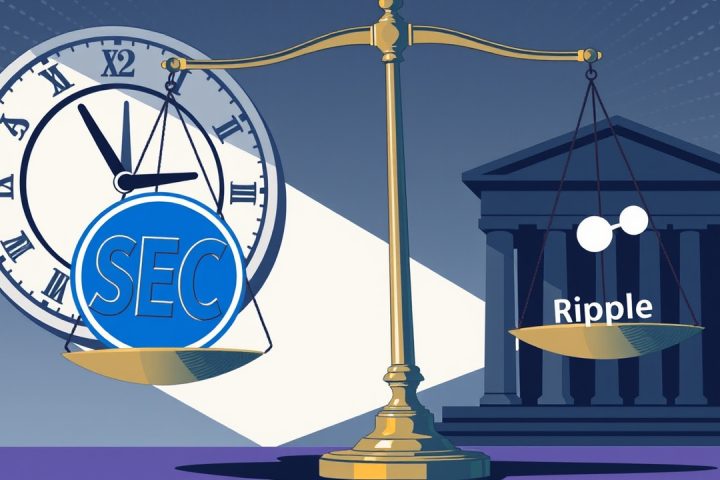The Brazilian Central Bank’s Digital Currency Initiative
The Brazilian Central Bank is set to expedite the rollout of its Central Bank Digital Currency (CBDC), known as drex, but has decided to forgo its originally envisioned decentralized features in favor of a more straightforward implementation. This strategic pivot comes in response to challenges related to the maturity of privacy solutions that are crucial for ensuring security in digital transactions.
Project Phases and Implementation
As outlined by Fabio Araujo, who oversees the drex initiative, the project will unfold in two distinct phases. Initially, the drex system will operate without any decentralized components, with anticipation for this first phase to debut as early as next year. The subsequent phase is expected to incorporate advanced blockchain technologies, although specific strategies remain to be detailed.
Concerns and Limitations
Local reports highlight that the shift to a centralized model could limit many innovative applications tested in prior pilot phases. The programmability aspects of the underlying infrastructure appear to be a major constraint. Originally, drex was leaning towards utilizing Hyperledger Besu—a blockchain solution noted for its compatibility with Ethereum—but it remains uncertain if this framework will still be deployed in light of the redesign.
Privacy concerns have played a significant role throughout this project’s timeline, particularly after the central bank announced last year that they would delay pilot testing due to privacy solutions that fell short of the standards required for reliable banking transactions. Despite these setbacks, the drex initiative will allow for lien reconciliation, paving the way for diverse credit transactions incorporating various forms of collateral. However, the specific tools to facilitate this capability have yet to be disclosed.
Conclusion
In summary, while the immediate focus for Brazil’s drex CBDC is on achieving a centralized digital currency by 2026, the overarching goal remains to develop and refine secure and effective digital financial transaction frameworks in the future.
For further developments, refer to reports on the pilot program running on an Ethereum-compatible, permissioned blockchain and updates regarding the rescheduling of the project’s timeline due to prior privacy issues.




